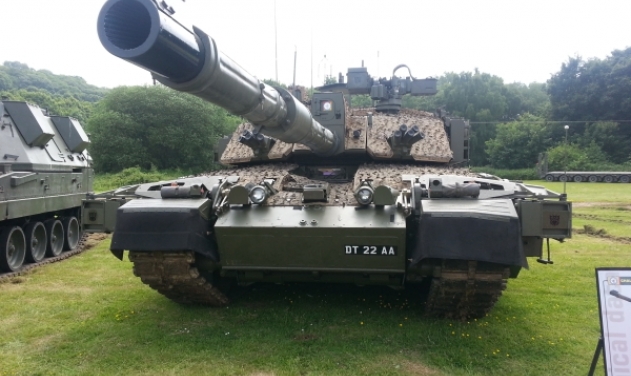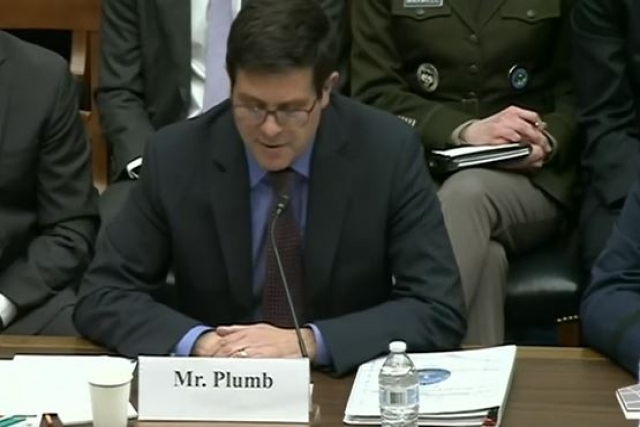Putin Vows to Use Depleted Uranium Shells if U.S. Supplies Them to Ukraine

Russian President Vladimir Putin has threatened to use depleted-uranium (DU) shells if the U.S. supplies such shells to Ukraine for Abram tanks.
Putin’s American counterpart Joe Biden is expected to approve the transfer of DU rounds following weeks of internal debate in the White House on how to equip the Abrams tank being sent to Kyiv, the Wall Street Journal reported citing U.S. officials.
The Pentagon advocated that the Abrams tanks be armed with armor-piercing ammunition with depleted uranium, used by the U.S. army which are “very effective against Russian tanks”.
An irked Putin warned, “We have a lot of depleted uranium munitions, we will use them in response. There is no need for their preventive use.”
Some White House officials argue that sending the rounds could expose the U.S. to criticism for providing weapons that could pose a risk to health and the environment.
The United Kingdom decided to provide Ukraine with such ammunition for Challenger 2 tanks in March.
DU shells are dangerous: Putin
Putin, in March, refuted the contention that shells with depleted uranium leave no trace and are harmless.
"They do not belong to the category of weapons of mass destruction…. But the cores of shells with depleted uranium are used for armor-piercing purposes. They generate radiation dust," Putin said.
Experts confirm, he continued, that after use in the former Yugoslavia (by Serb forces) and Iraq (by the U.S. Army), cancer disease in local citizens have multiplied.
"If we are talking about Ukraine, then those who will use DU shells should understand: do they consider those people who live in this territory to be their own? How will they use against people who are actually their own? I mean, the leftovers are going to dust up. In particular, they will pollute the agricultural areas," Putin said.
What is depleted uranium?
Depleted uranium is a by-product of the uranium enrichment process for use in nuclear power. It is less radioactive than natural uranium.
The high density of this metal makes it suitable to produce penetrators of armor-piercing ammunition. A core of alloys of uranium with other metals has a high tank armor penetrating power, and the pyrophoricity can affect the tank’s crew and equipment inside upon impact.
Such rounds have been used for several decades across the world.













